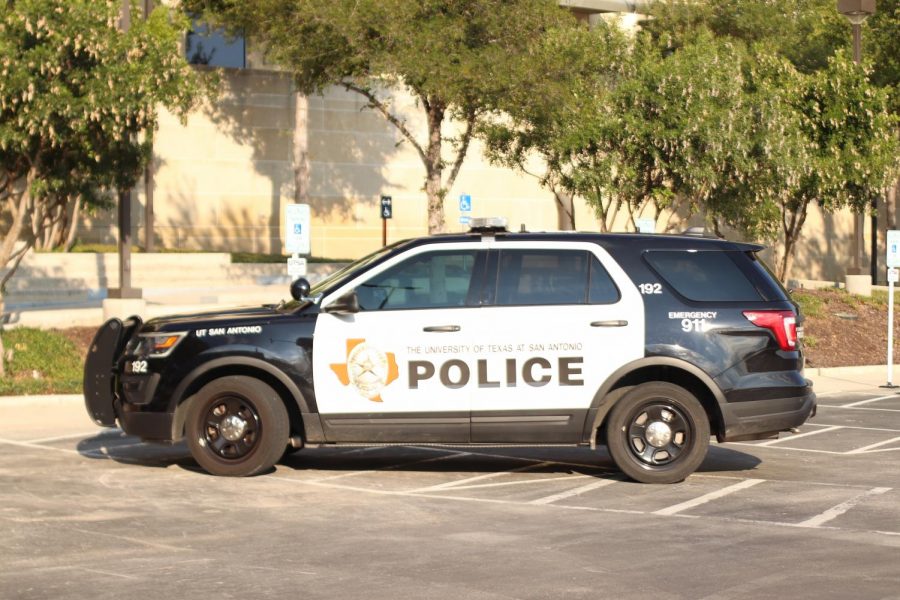So we #AbolishUTSAPD: What comes after?
September 1, 2020
Following the death of George Floyd in late May, the effort to divest police departments nationwide and reallocate their funds to other areas such as public health and education has been a major topic of discussion. In light of President Eighmy’s July 1 email regarding the recent budget cuts at UTSA, which included layoffs of 243 staff and 69 non-tenure track faculty, many students have called attention to the $5,084,365 in funding designated to UTSAPD in UTSA’s Fiscal Year 2020 budget in comparison to $4,374,914 for Student Services. Meanwhile, students are expected to pay full tuition despite the majority of Fall 2020 classes being taught online due to COVID-19.
While it seems that cutting the massive UTSAPD budget and redistributing the funds among various departments could be a viable solution to compensate for next year’s projected $35.8 million shortfall that Eighmy mentions, this proposition leaves some students wondering: “If we don’t have the police on campus, who will protect us?” This is a question that sat in the back of my mind for quite a while until I considered the services that other universities offer to maintain student safety. In addition to their police department, UT Austin has a program known as SURE Walk, an agency of UT Student Government which offers a free service that ensures students, faculty and staff have a safe way to get from campus to their dorm, apartment or parking garage within the designated service area, whether that be by riding in a golf cart or walking on foot while accompanied by two student volunteers. SURE Walk volunteers undergo a background check and verification of enrollment before they are able to participate in the program and operate as a preventative measure before someone’s safety is jeopardized as opposed to campus police, who are reactive to incidents that have already occurred.
UTSA has a similar service to SURE Walk called Rowdy Watch, which employs six student employees on Main Campus. Downtown Campus, however, is not currently serviced by Rowdy Watch, which raises some safety concerns since there are many classes offered there at night. There is also the issue that Rowdy Watch is inactive on the weekends, so students studying on campus at that time are unable to utilize the service. Fortunately, since the Rowdy Watch program already exists on Main Campus, it could serve as a blueprint for hiring more student employees and creating another branch to service Downtown Campus.
Overall, expanding Rowdy Watch would be a mutually beneficial solution for both UTSA administration and students; it would serve as a cheaper, more efficient way to maintain campus safety than police and would also create additional on-campus job opportunities for students. Rather than waste just over $5 million on a police force that makes the majority of students feel unsafe, why not invest a portion of that money in the students themselves to keep both campuses safe while redistributing the remaining funds to mitigate further budget cuts that would result in a second round of layoffs?












